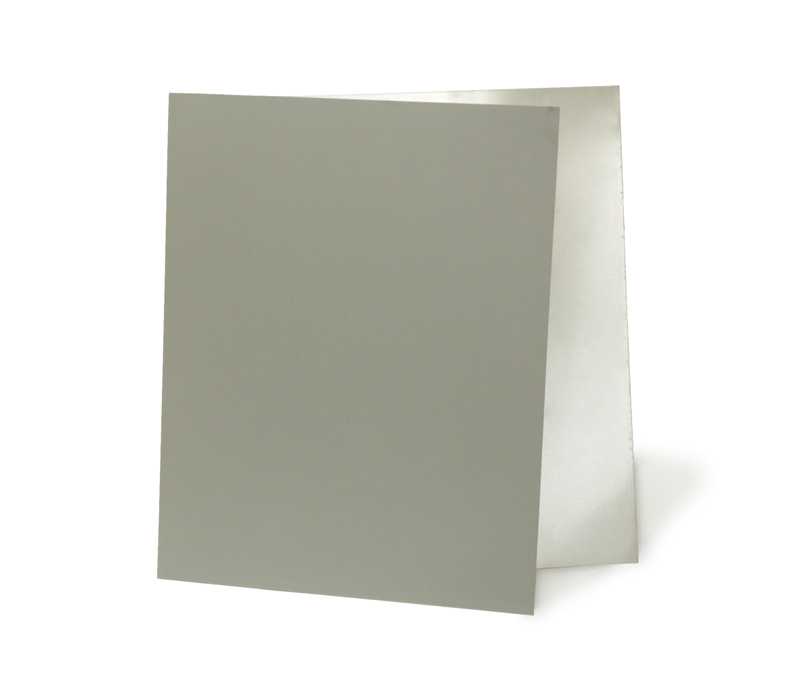Aluminum Litho Plates
アルミ板
Alumi Ban
CATEGORIES
Aluminum Litho plates are metallic (aluminum) plates that are used for lithograph prints; when one roughens one face in order to turn it into a surface for printing.
Although stones were originally used for lithographic prints, a number of problems with that material (difficulty in obtaining and storing it, weight, economy, etc.) have led to the current situation, in which a variety of metals (zinc, aluminum, etc.) are often used instead. These are referred to as metallic plates. Of these, aluminum plates have the advantages of being light and easy to use, producing clear prints, being difficult to damage, and being readily available in whatever size is necessary.
Because aluminum plates are not porous in the way that lithograph stones are, it is necessary to create hydrophilic regions on a plate by roughening its surface to produce a fine-grain texture. After the burnishing process is complete, the surface is treated with an affinitizing liquid, which produces an aluminum sulfate coat that increases the surface’s receptivity to fats and acids. In addition to standard aluminum litho plates, there are also photosensitive emulsion-treated PS plates, which are used in such processes as offset printing.
Aluminum plates are thin, making them easy to crease and pock, and therefore must be treated with care. In addition, exposure to humidity and gases in the air can cause the plates to oxidize, making them less receptive to oils. For this reason, the plates should be used only after treating them with affinitizing liquids.
The plates are sold in specialty stores dealing in lithograph materials.

